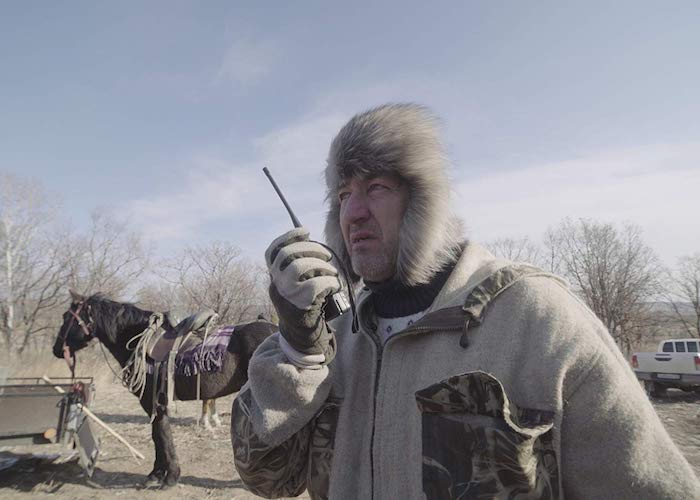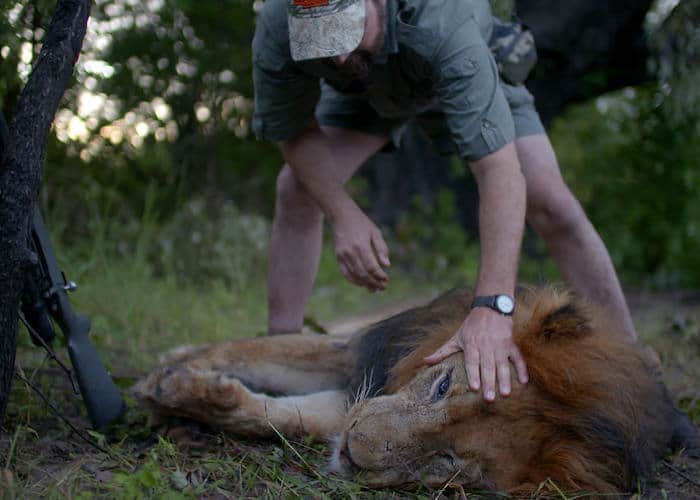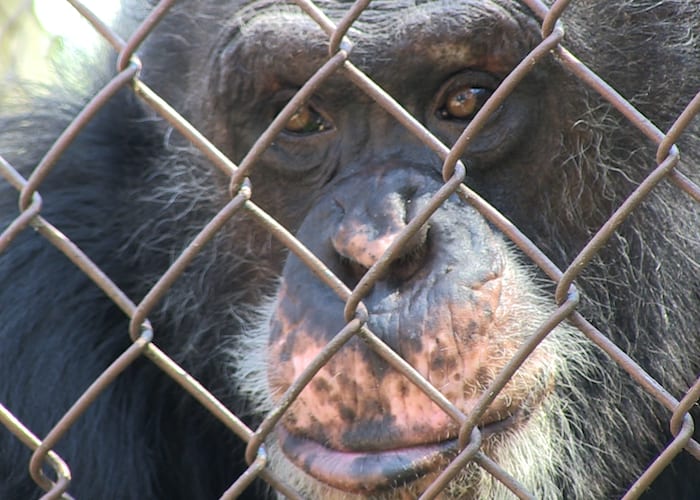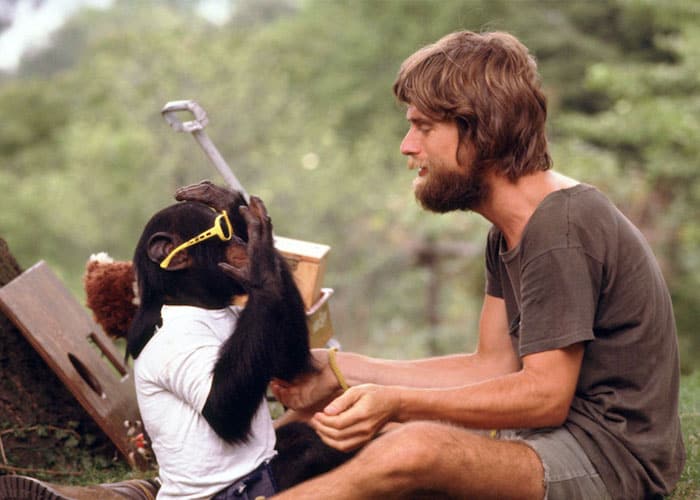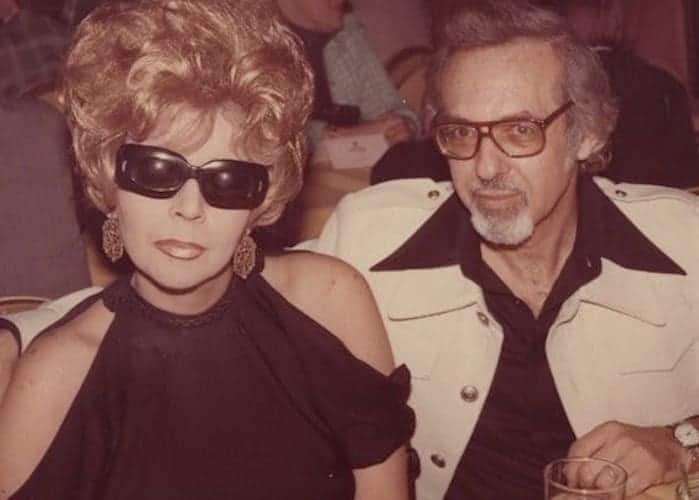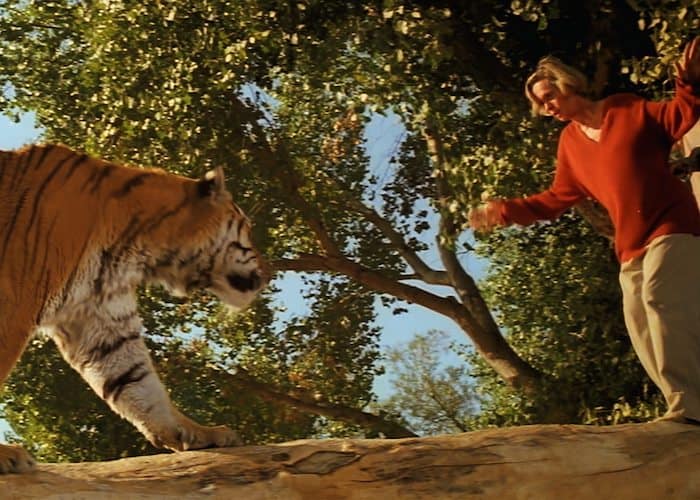Spike Lee is one of the most important filmmakers working in contemporary Hollywood. While his “joints” are often very funny and entertaining, he injects most of them with some thought-provoking social commentary that’s relevant to the world at the time. Furthermore, he does so with originality and stylistic flourishings that are unmistakably his own, and that’s why the majority of his movies, including such classics as Do the Right Thing and Malcolm X and his recent Best Picture nominee, BlacKkKlansman, are worthwhile viewing.
Of course, the movie industry is unpredictable, and it’s commonplace for essential filmmakers to have projects fall apart. In Lee’s case, he’s been forced to give up several potentially awesome movies due to a variety of circumstances that were beyond his control. Now that he’s made the script to one of those movies, his planned Jackie Robinson biopic, available for public consumption, now is the perfect time to look back and wonder what could have been.
42
Lee planned to write and direct a film based on the life of Jackie Robinson to coincide with the 50th anniversary of the athlete breaking the color barrier in Major League Baseball. Denzel Washington was touted for the starring role as well. However, creative differences with Turner Pictures resulted in Lee taking the project to Columbia Pictures, where it fell apart once again. The movie was eventually made in 2013, directed by Brian Helgeland and starring Chadwick Boseman as the legendary baseball player.
Save Me, Joe Louis
Lee hasn’t had much luck when it comes to making movies about popular sports figures. For this one, he wanted Terrence Howard to play the titular boxer in a story that would have centered around his fights with Max Schmeling. Arnold Schwarzenegger was interested in playing Schmeling, but Lee couldn’t acquire most of the budget that he needed to bring the story to life, and that was that. Unlike other biopics Lee was attached to, this one hasn’t been picked up by another filmmaker afterward.
Get On Up
This James Brown biopic was released in 2012 after Tate Taylor eventually inherited directing duties. Lee originally intended to helm the film back in the early 2000s, but issues over licensing Brown’s music caused the film to stall, and Lee moved on to other projects. Funnily enough, Boseman also plays the lead in Get On Up, making that two biopics he has starred in that Lee was attached to at one point.
Inside Man 2
Following the success of his heist film Inside Man, Lee entered negotiations to oversee a sequel with a tentative filming date of 2009 in mind. Washington and Clive Owen would have reprised their respective roles as the cop and robber who become entangled in a battle of wits, this time during a brand new criminal scheme. Jodie Foster and Chiwetel Ejiofor were also expected to return. Unfortunately, Lee was unable to secure funding for the follow-up and the movie was canceled in 2011. A direct-to-video sequel, titled Inside Man: Most Wanted, was released last year, albeit with a new cast of characters.
Selling Time
After Inside Man, Lee considered making this supernatural thriller for Fox. The story would have revolved around a man (played by Tom Cruise) who sells parts of his life in order to relive and change the worst day he ever had. Prior to Lee’s involvement, Forest Whittaker almost directed the movie, which he wanted Will Smith to star in. Selling Time seems destined to remain in development hell, even though other directors, including DJ Caruso, have attempted to resurrect it throughout the years to no avail.
Time Traveler
Lee also wanted to write and direct this adaptation of Dr. Ronald Mallet’s Time Traveler: A Scientist’s Personal Mission To Make Time Travel a Reality. The book dramatizes the scientist’s experience, from growing up in poverty and obsessed with science fiction to becoming one of the first African Americans to receive a Ph. D in theoretical physics. Mallet has dedicated his career to researching the possibility of time travel and his ideas are fascinating, but his story is inspirational and would make for a great biopic in the right hands. This project just sort of went quiet and is presumably an afterthought for Lee at this point.
LA Riots
In 2008, Lee looked set to direct a movie about the Los Angeles riots, helmed from a script by John Ridley and Terry George. The idea behind the film was to provide an egalitarian perspective of the events told from several points of view, therefore requiring a sizable budget given the scope of the story. The project subsequently hit the brakes when Universal Pictures asked Lee to make a “scaled back” dramatization of the riots, which angered the socially conscious filmmaker. Lee hasn’t ruled out returning to this movie at a later date, though he’s claimed that it’s been shelved for now.
Brooklyn Loves Michael Jackson
Back in 2010, Samuel L. Jackson revealed that he and Lee were going to reunite for a movie about Michael Jackson. but it wouldn’t have been centered on the controversial pop star, of whom Lee is a big fan. Instead, the film would have marked a return to Lee’s Brooklyn-centric roots. According to Samuel L. Jackson, the premise centered around a group of Brooklynites who want to have MJ perform a concert in the borough’s park, but their plans aren’t welcomed by members of the gentrified area of the neighborhood. John Turturro, Julianne Moore, Rosie Perez, Anthony Mackie, and Kerry Washington were also rumored to star until the film was scrapped in 2011.
Nagasaki Deadline
Lee has never been afraid to confront hot-button issues in his movies, and in 2010, he almost tackled the War on Terror. Nagasaki Deadline would have focused on a troubled FBI agent and his attempt to thwart two terrorist attacks that are set to take place on American soil. This sounds like a fast-paced thriller that would have been very topical at the time given that it was announced shortly after the Times Square terror scare. However, the movie never came to fruition for whatever reason.
Marion Barry Biopic
This is another movie that went quiet shortly after being announced. If the HBO Films biopic about the former Washington DC mayor went ahead, though, it would have starred Eddie Murphy in the lead role and would have allowed the actor to showcase more of his dramatic chops. Barry was a larger-than-life politician who served as the mayor of America’s capital city twice, but his terms were separated by a six-month prison stint. He’s an interesting figure to make a movie about, and Lee is one of the few filmmakers who could do it justice.
Porgy and Bess
Lee has yet to make a fully-fledged musical, even though some of his movies have briefly explored elements of them, such as the jazz extravaganza scene in School Daze and the hip-hop-infused dialogue in Chi-Raq. Music plays a big part in a lot of his movies, and it’s clear that Lee’s been itching to try his hand at a proper musical for quite some time. He almost did as well, back in 2012 with a planned remake of 1959’s Porgy and Bess. The original movie — and the stage show that predated it — follows two ill-fated lovers as they try to find a way to be together in a town where no one approves of their relationship. Lee could work wonders with a premise like that, but fans will have to wait for him to showcase his musical chops.
Spinning Gold
There’s a trend developing here: most of Lee’s unmade movies are biopics. At one point, he was in negotiations to make this movie about Neil Bogart, a record label executive who discovered some iconic musical acts such as Donna Summer, Kiss, and The Village People. Justin Timberlake was reportedly in talks to star as Bogart, but those plans changed when the subject’s son, Timothy Scott Bogart, signed on to direct last year and gave Jeremy Jordan the part. The good news is that Spinning Gold will be released at some point in the near future.
Enter the Dragon
Oldboy, Lee’s last foray into remaking beloved movies from the Far East, didn’t exactly go down well. It’s his only downright terrible movie. However, in 2014, the director expressed an interest in remaking Enter the Dragon, the 1973 martial arts masterpiece that made Bruce Lee a household name. In this planned remake, Ken Yeong would have starred in the role made famous by Lee in the original, while Billy Bob Thornton was on board to play Roper. The last time any news was reported about this movie, David Leitch had signed on to direct it.






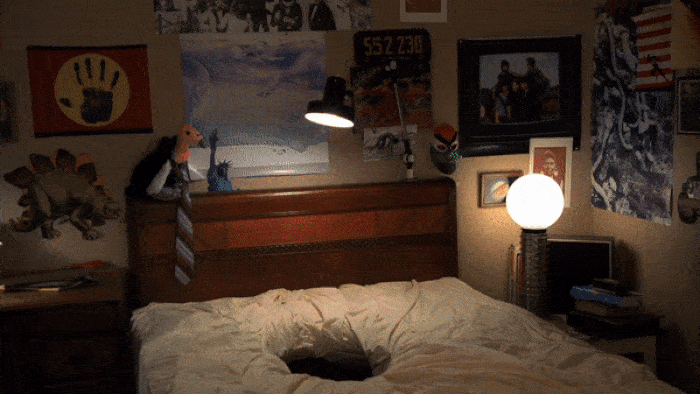
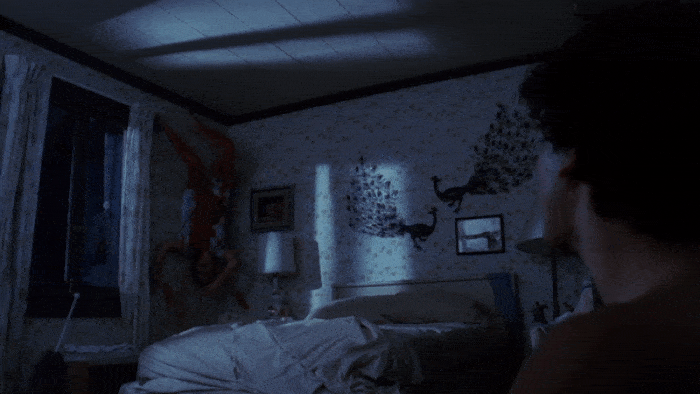






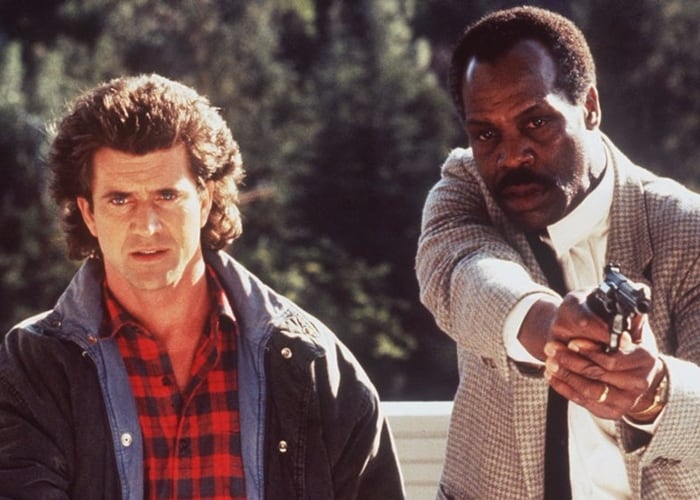



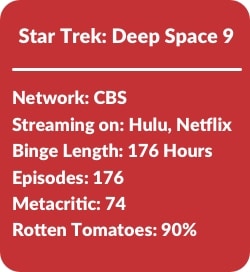 Star Trek: Deep Space Nine was a series ahead of its time. Instead of retreading the then-familiar format of a top of the line spaceship exploring the stars, it offers another angle on the utopian galaxy that Star Trek creator Gene Roddenberry had envisioned. Created by Rick Berman and Michael Piller, the third series in the television franchise abandons the nomadic format of the previous incarnations, focusing instead on a space station located near the war-torn and recently liberated Bajor.
Star Trek: Deep Space Nine was a series ahead of its time. Instead of retreading the then-familiar format of a top of the line spaceship exploring the stars, it offers another angle on the utopian galaxy that Star Trek creator Gene Roddenberry had envisioned. Created by Rick Berman and Michael Piller, the third series in the television franchise abandons the nomadic format of the previous incarnations, focusing instead on a space station located near the war-torn and recently liberated Bajor.
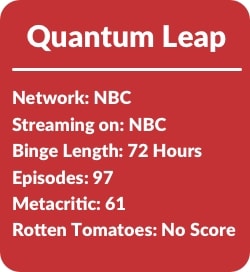 Quantum Leap is the best and most binge-worthy television series of all time, and here’s why — it delivers the perfect blend of the familiar and the fresh with each and every episode. Narrative shows almost exclusively feature the same cast in the same place going through relatively similar stories — cops are going after bad guys, doctors are saving lives, etc — while anthology shows typically maintain a general tone through new stories and characters. Quantum Leap marries the two formats into one meaning the show can shift from comedy to drama to suspense to genre thrills from one episode to the next, all while maintaining a warm and engaging story line carried through its two lead characters and entirely new supporting players.
Quantum Leap is the best and most binge-worthy television series of all time, and here’s why — it delivers the perfect blend of the familiar and the fresh with each and every episode. Narrative shows almost exclusively feature the same cast in the same place going through relatively similar stories — cops are going after bad guys, doctors are saving lives, etc — while anthology shows typically maintain a general tone through new stories and characters. Quantum Leap marries the two formats into one meaning the show can shift from comedy to drama to suspense to genre thrills from one episode to the next, all while maintaining a warm and engaging story line carried through its two lead characters and entirely new supporting players.